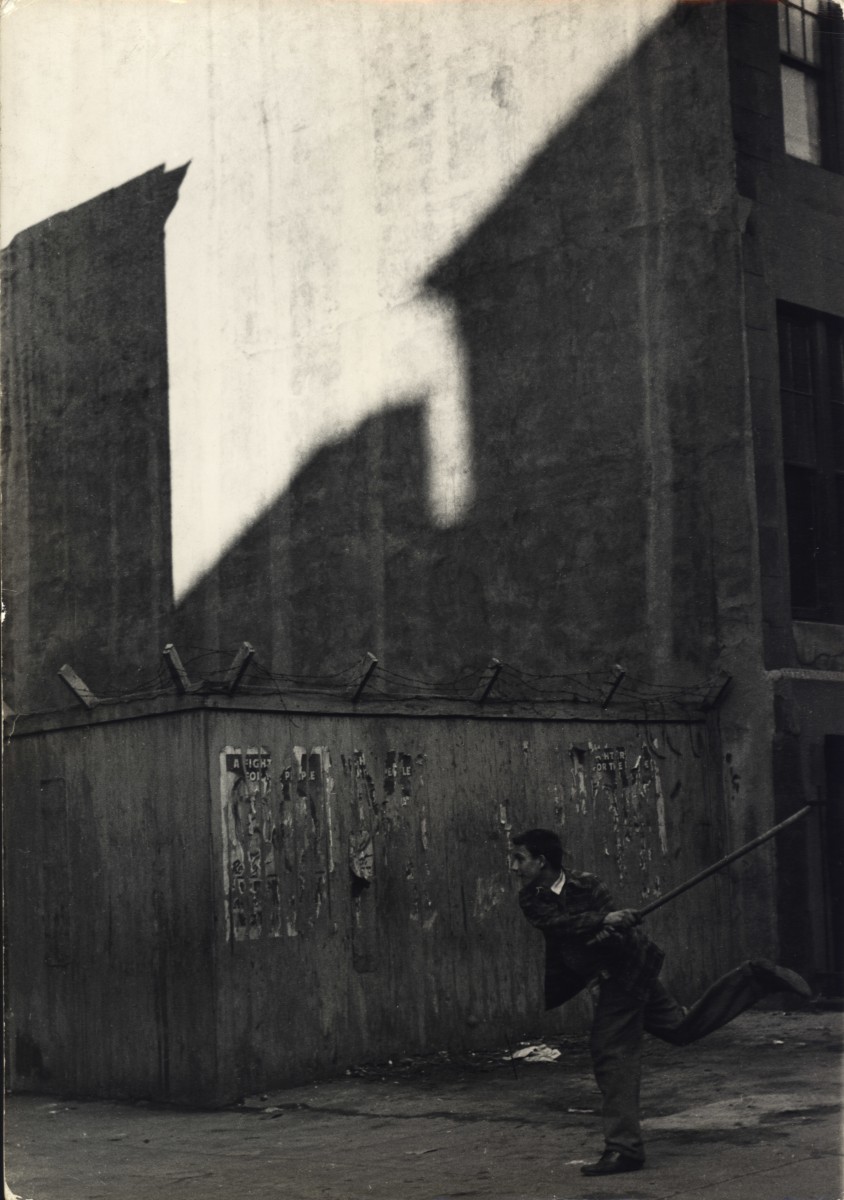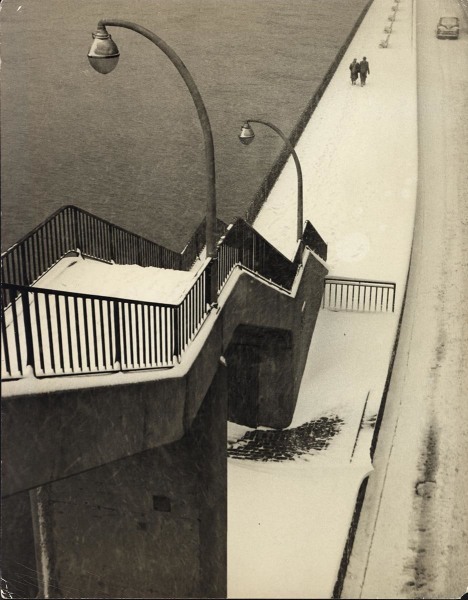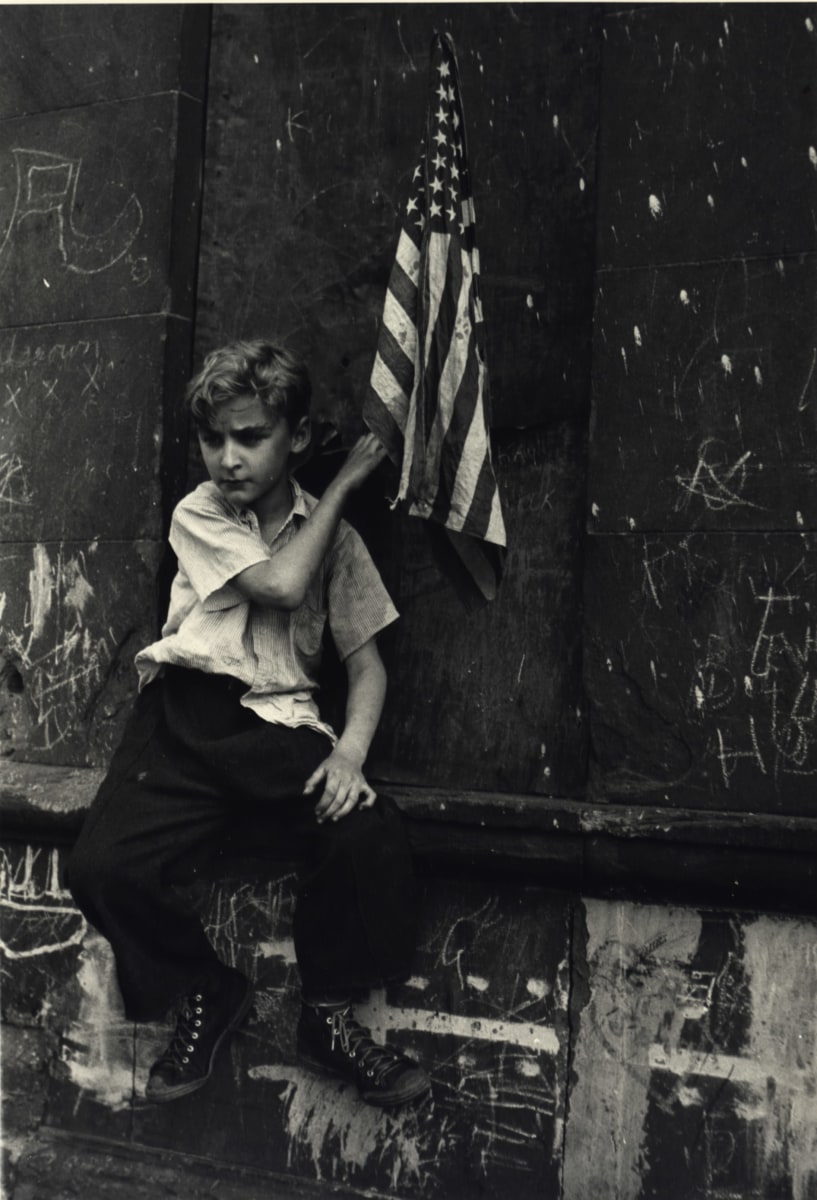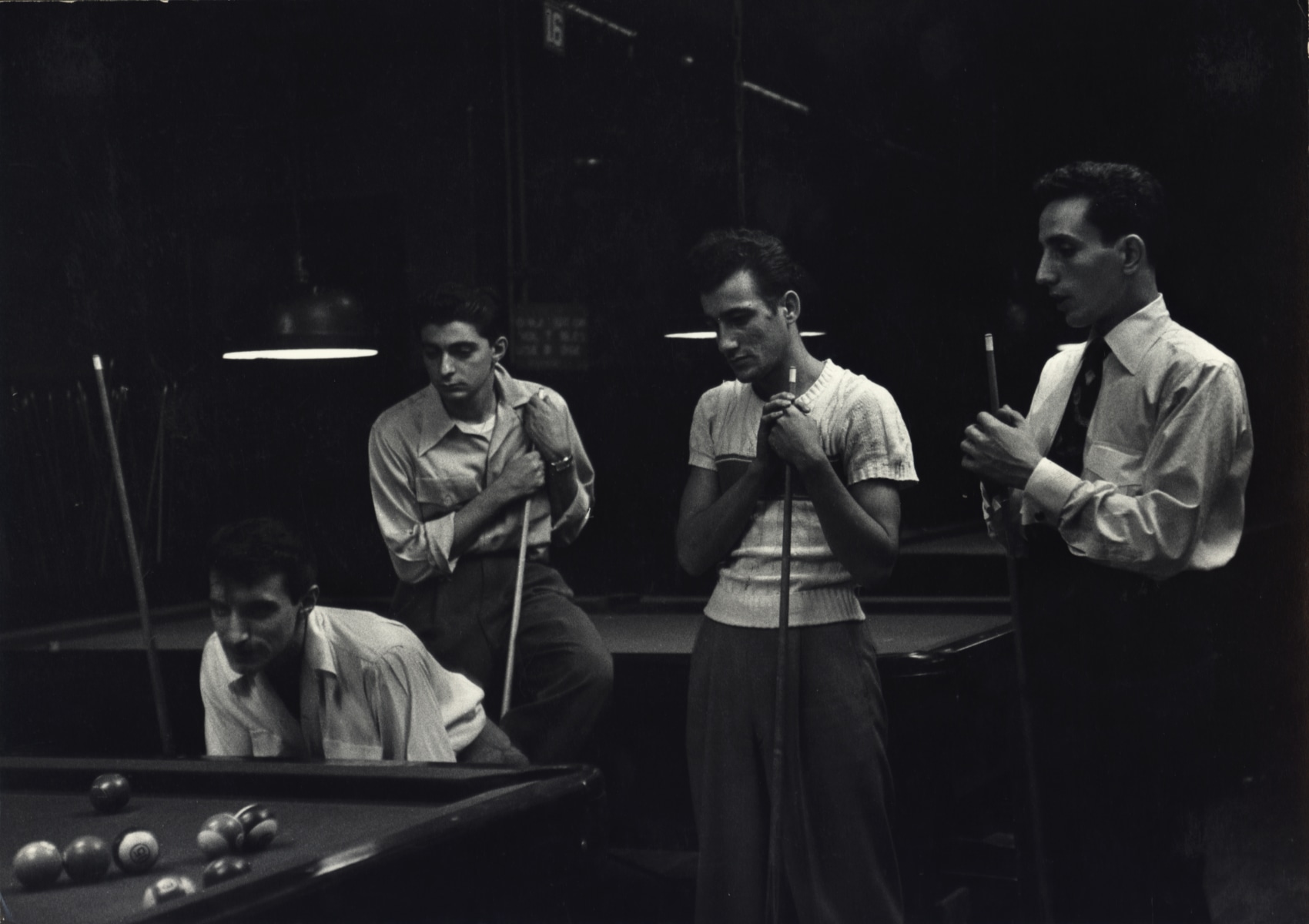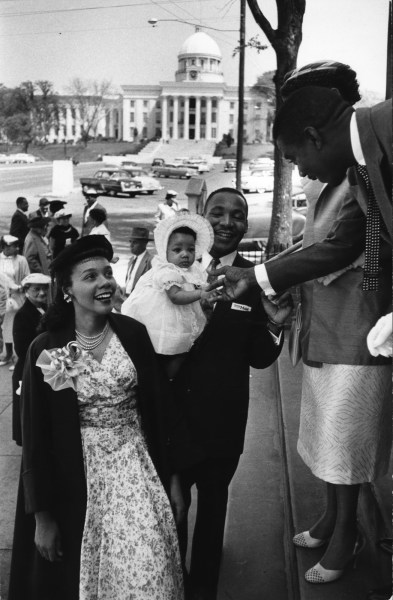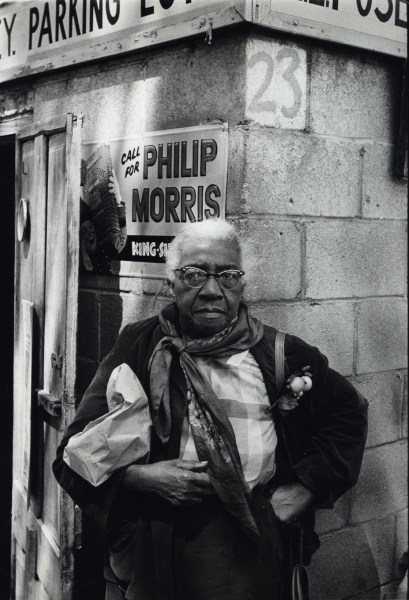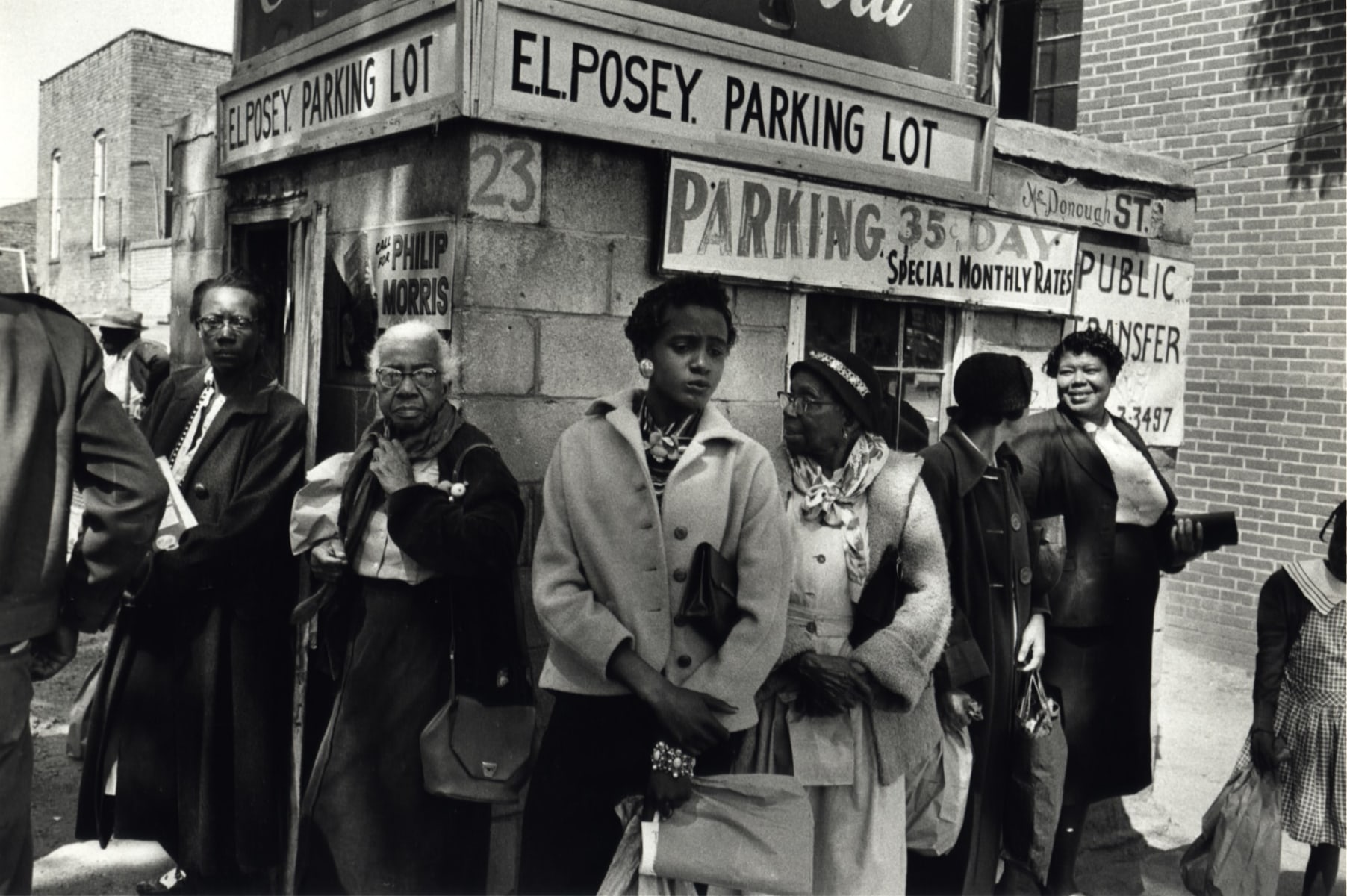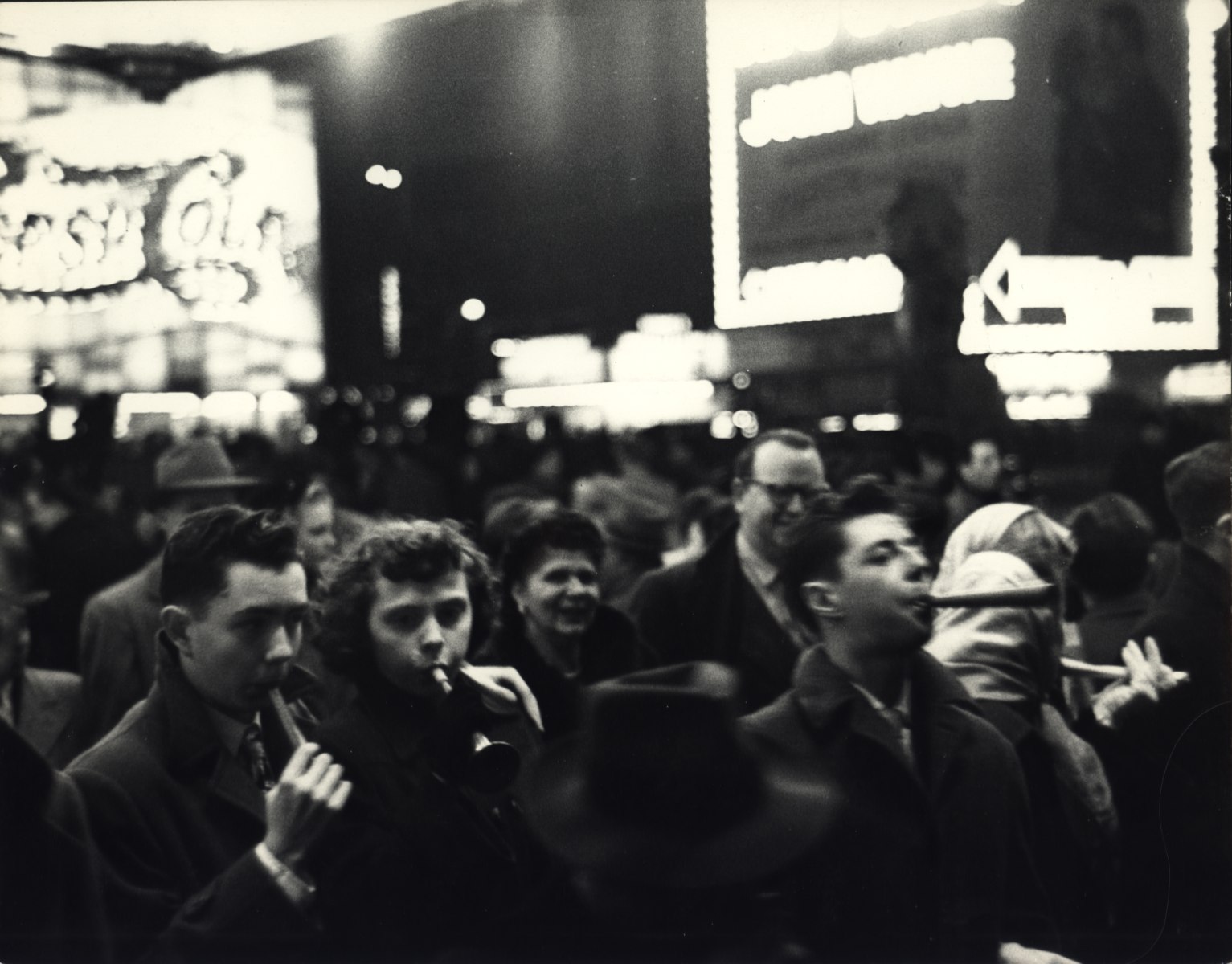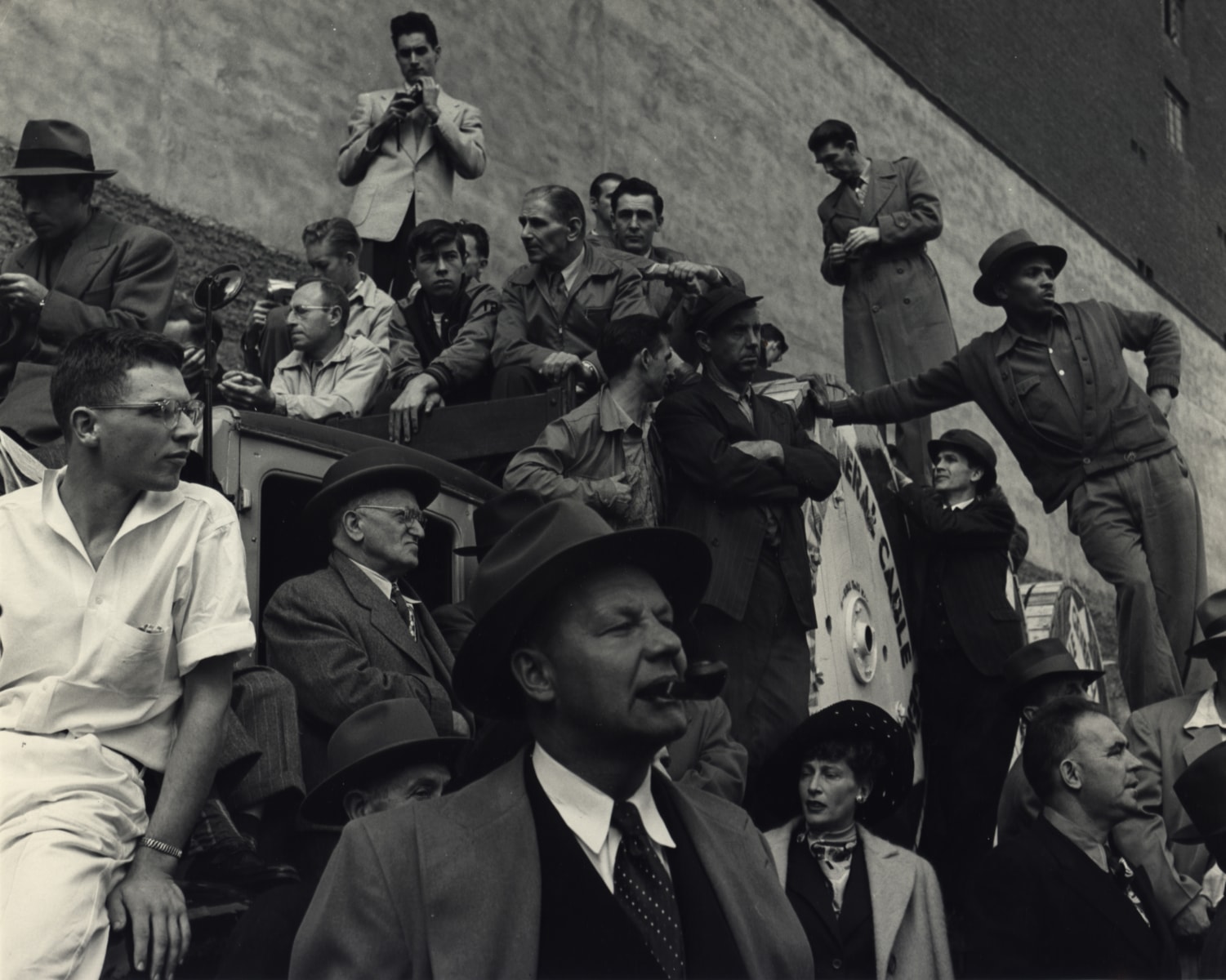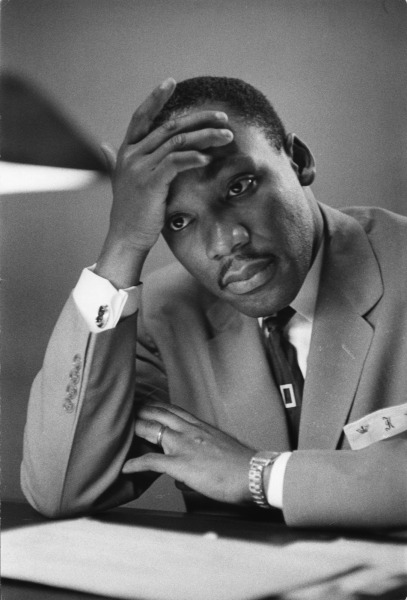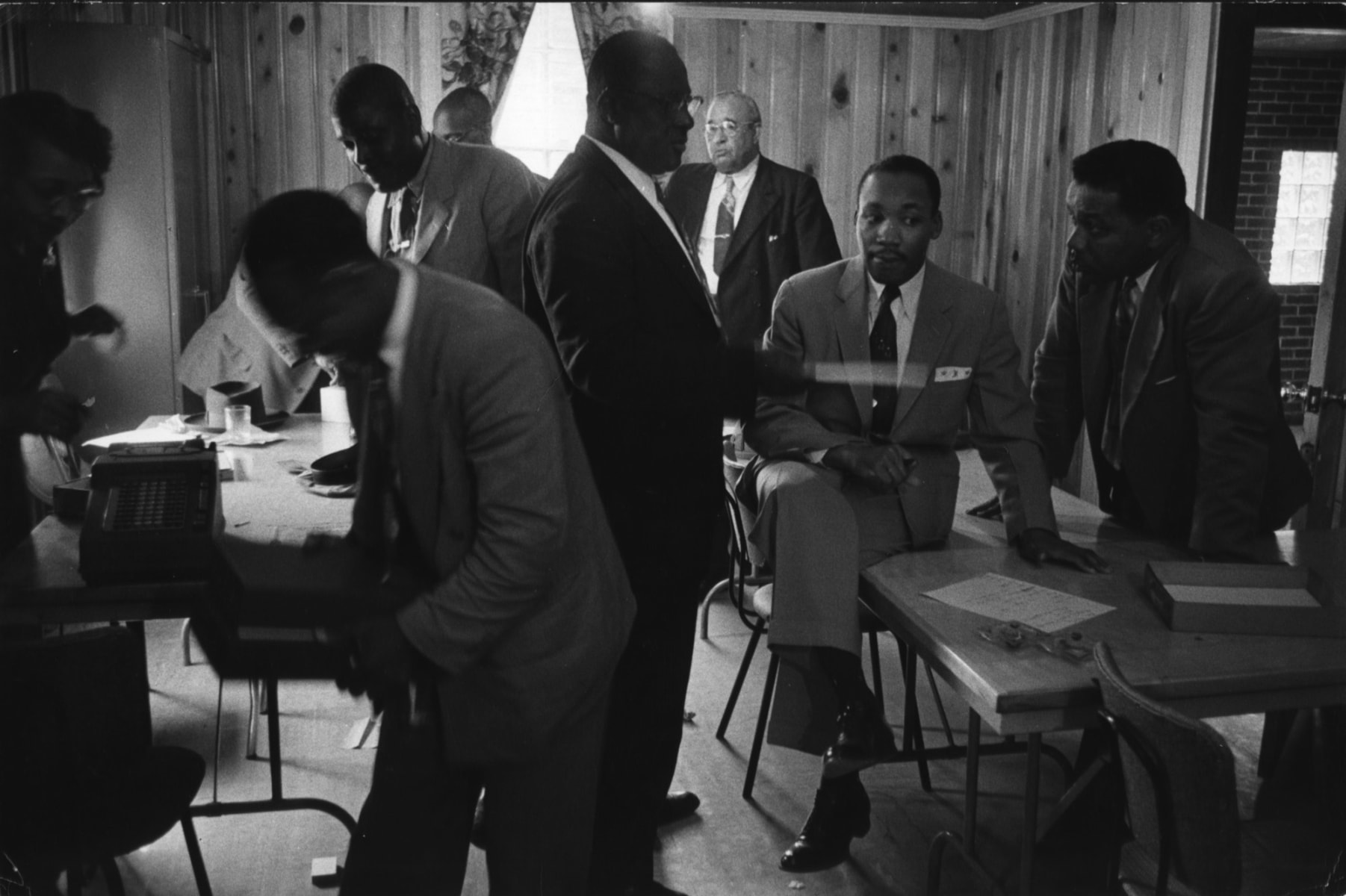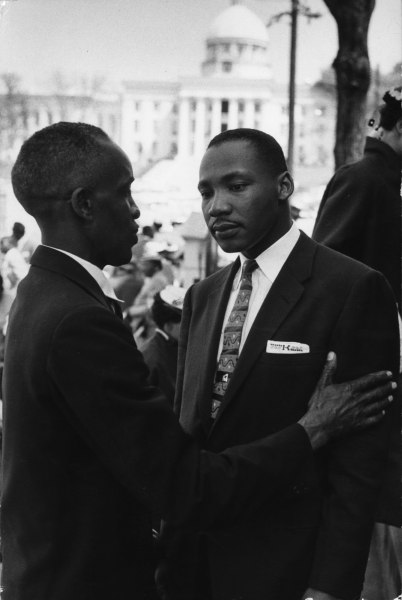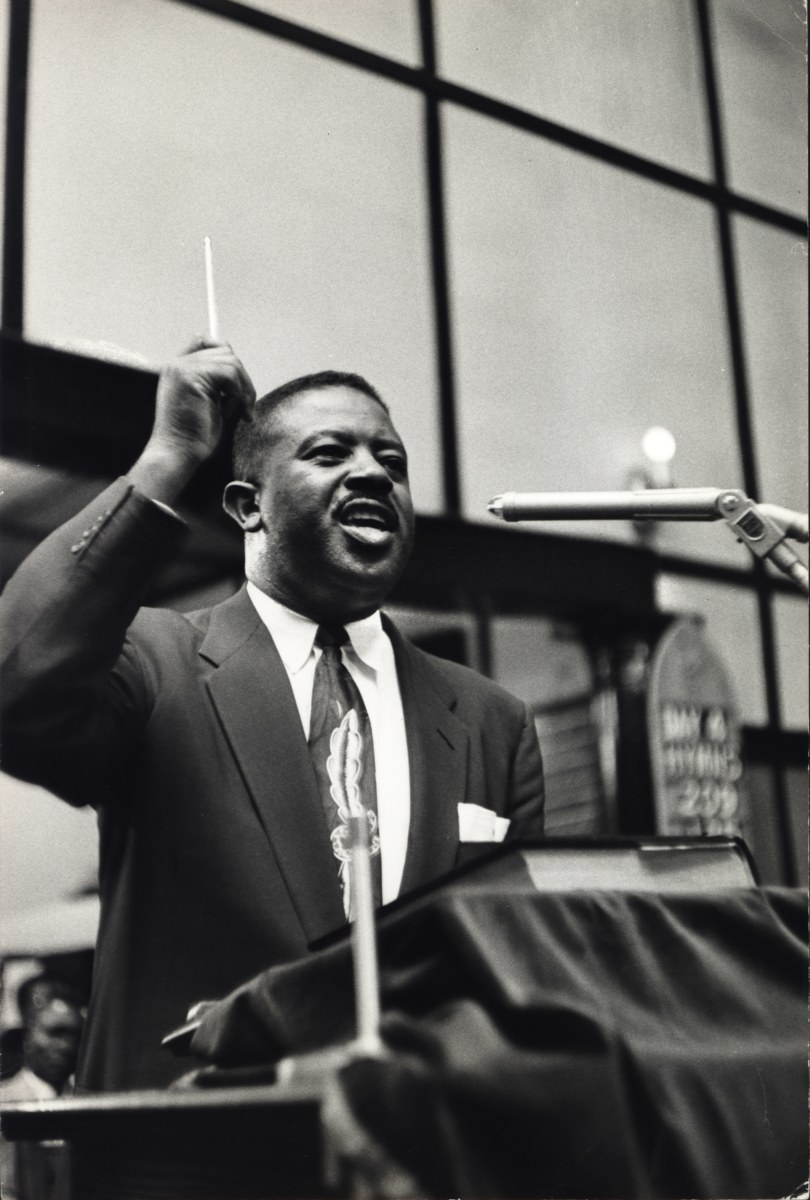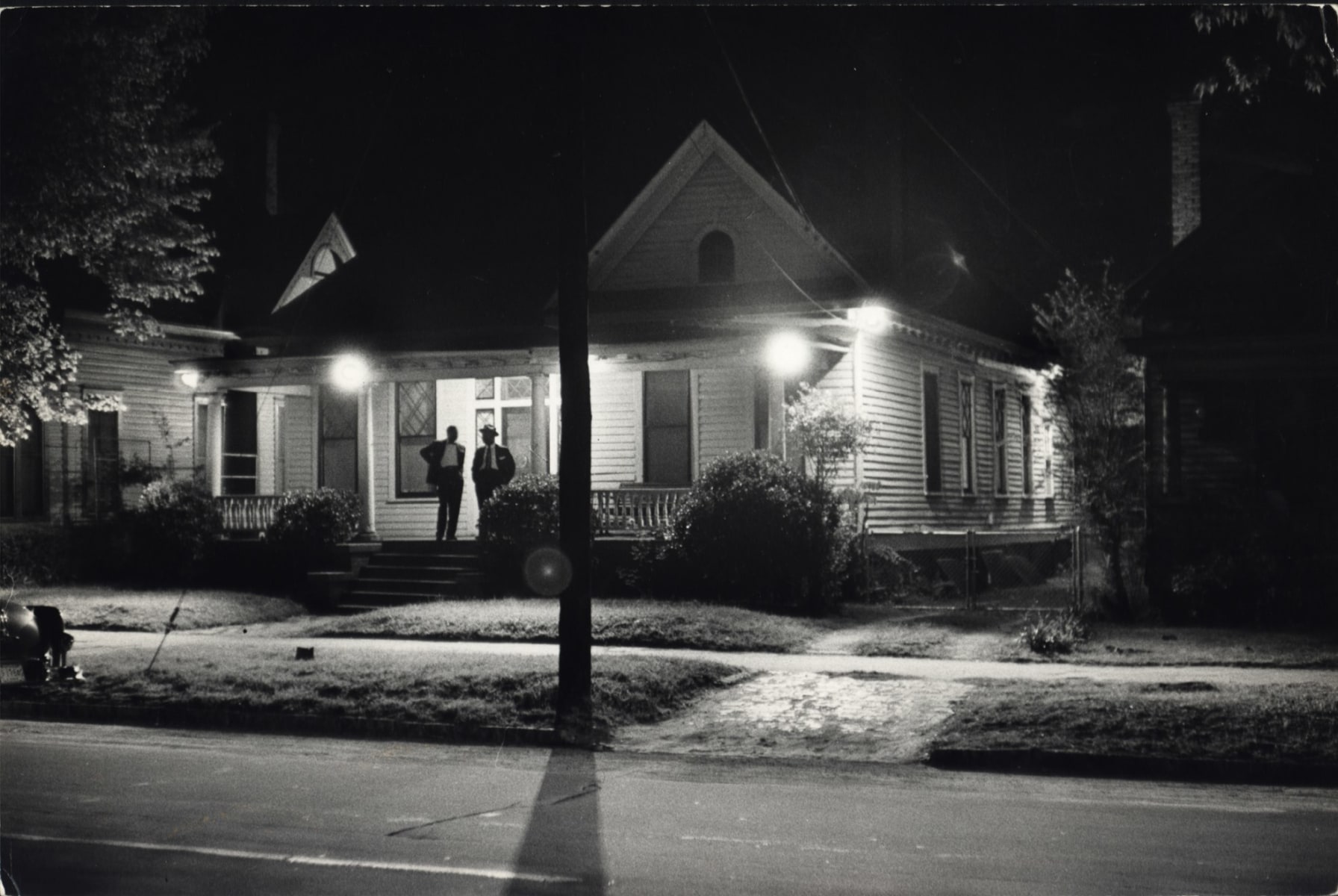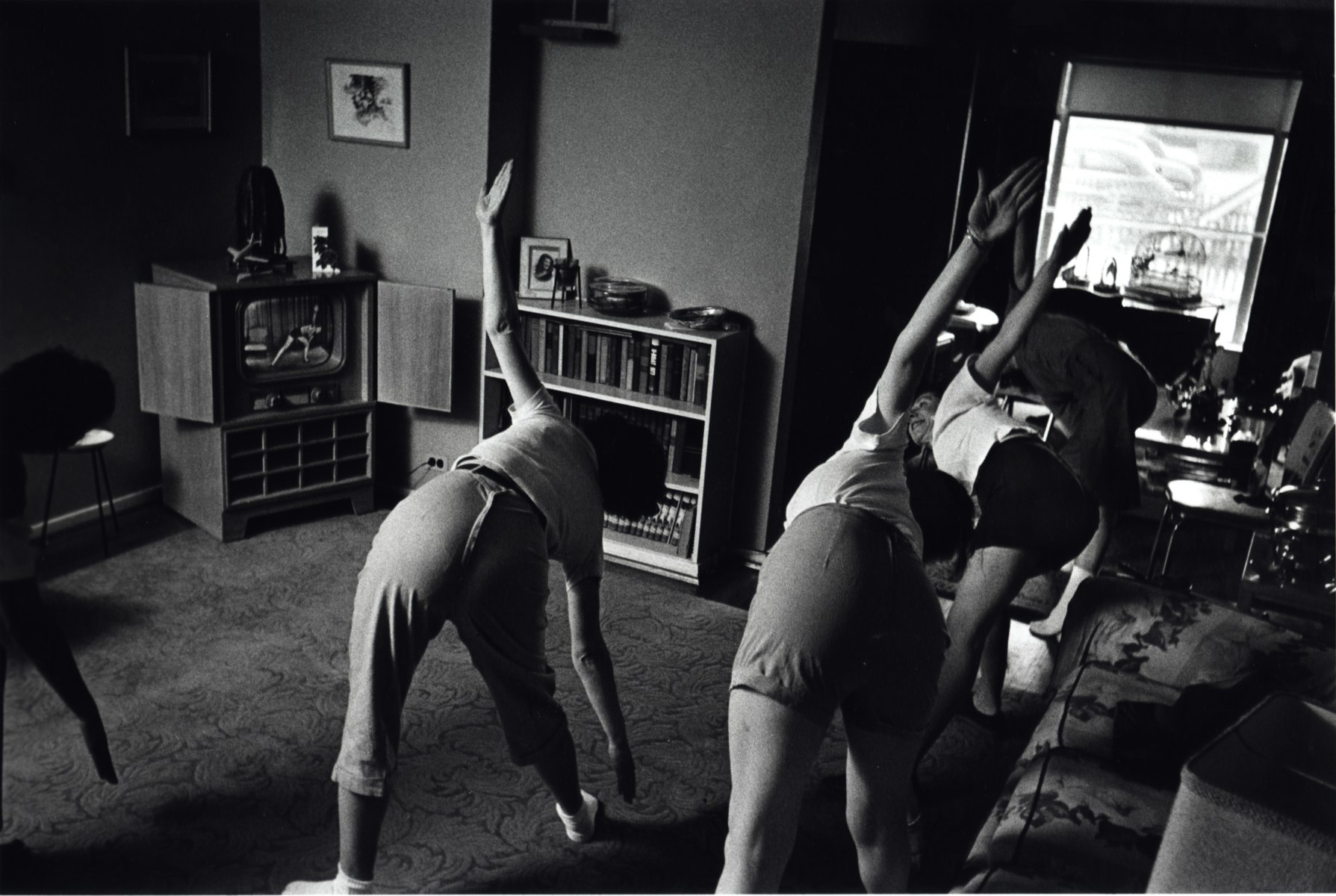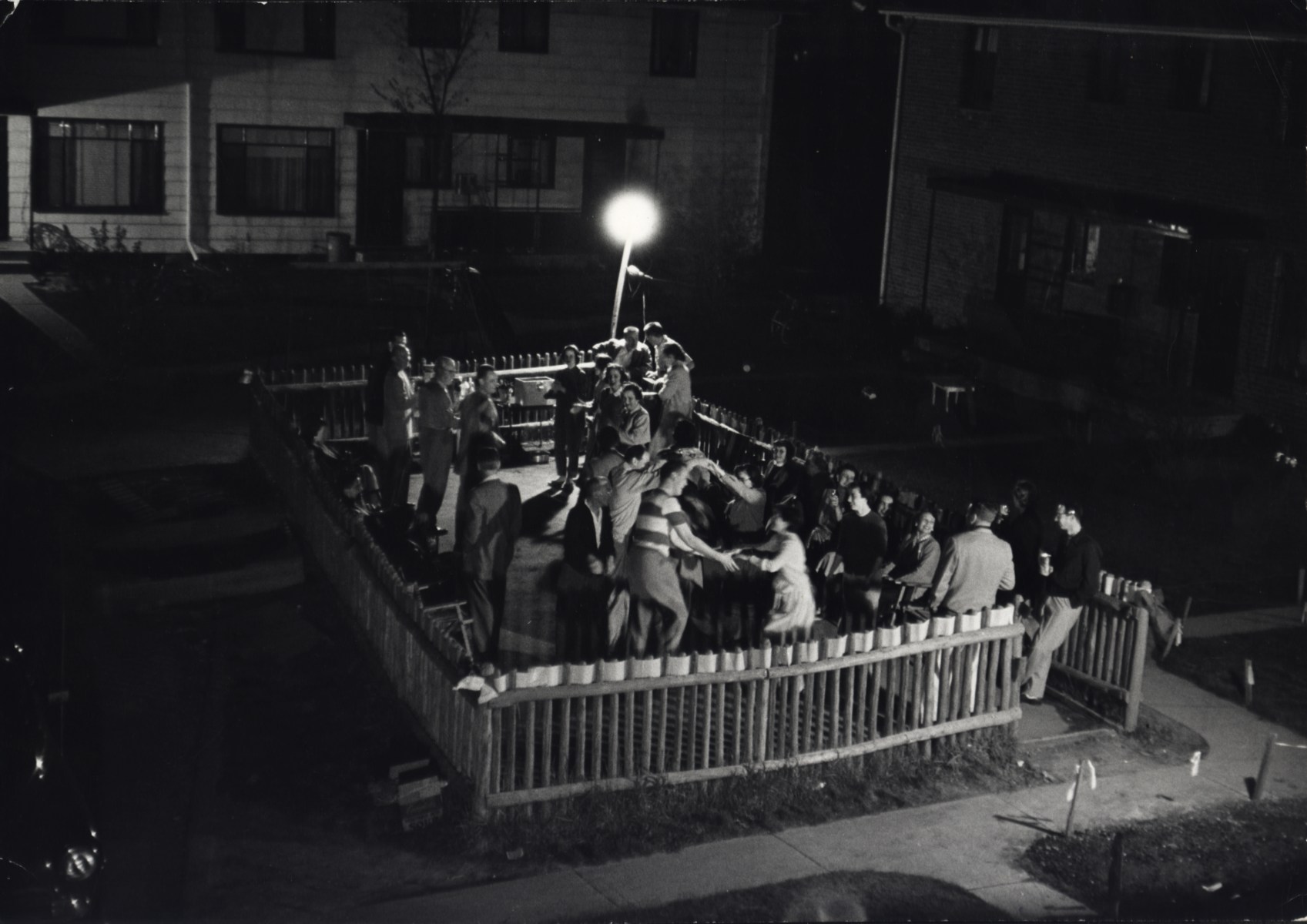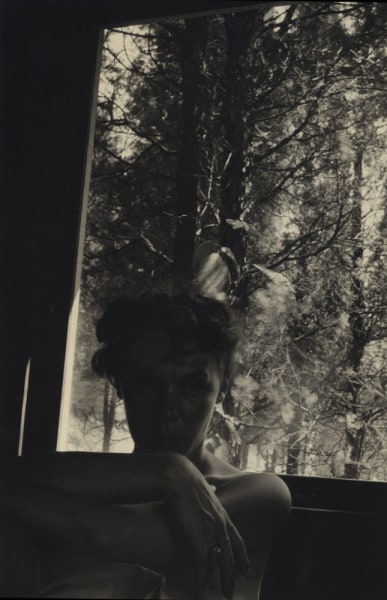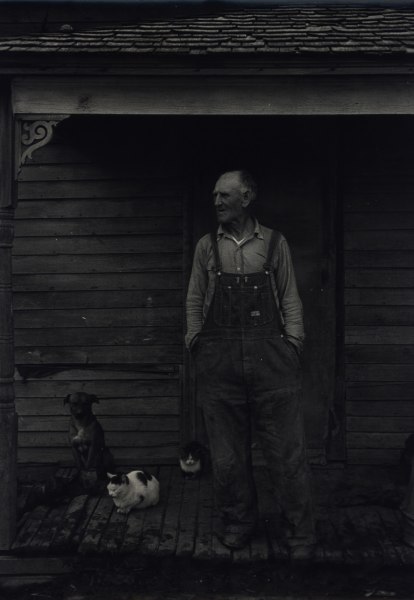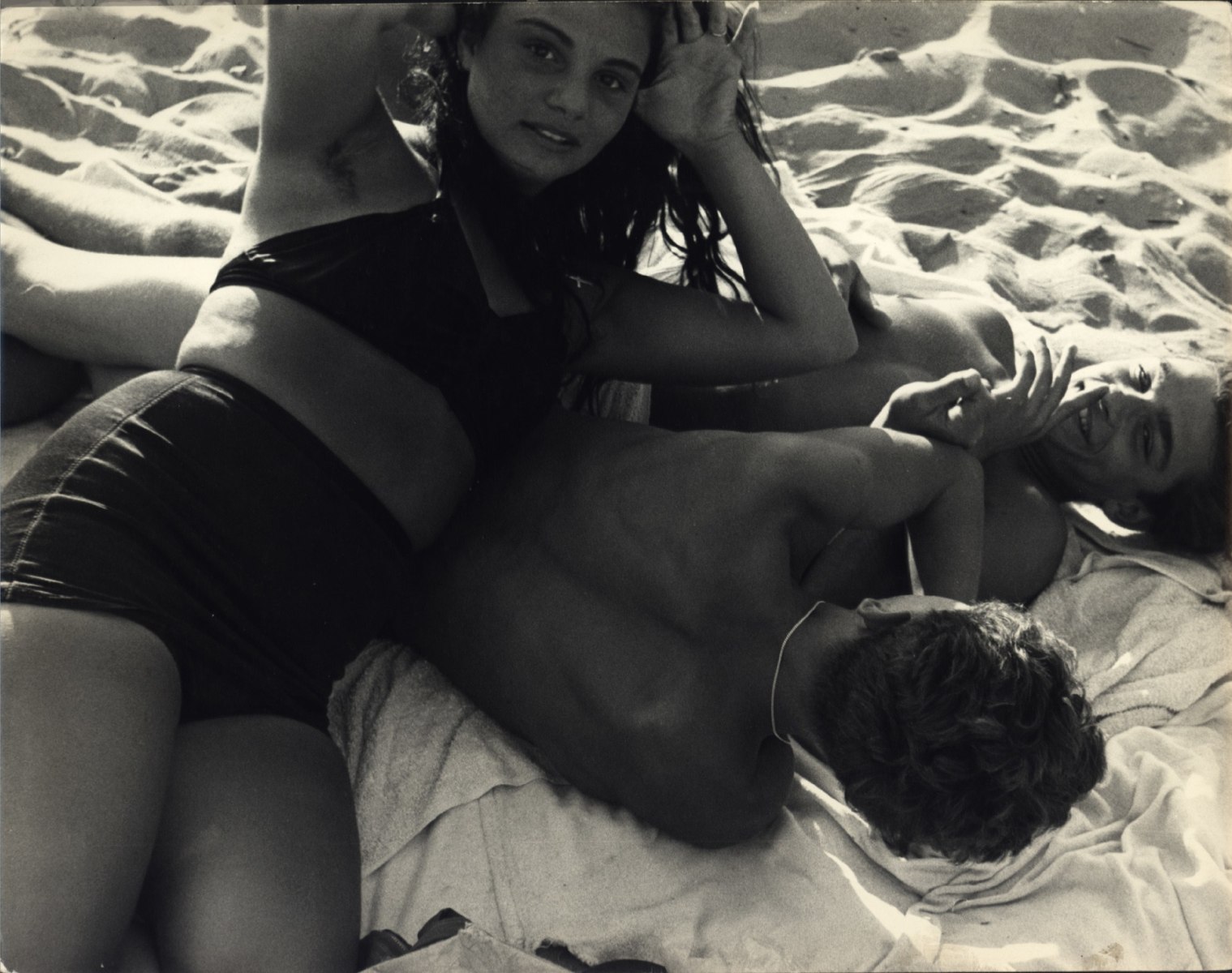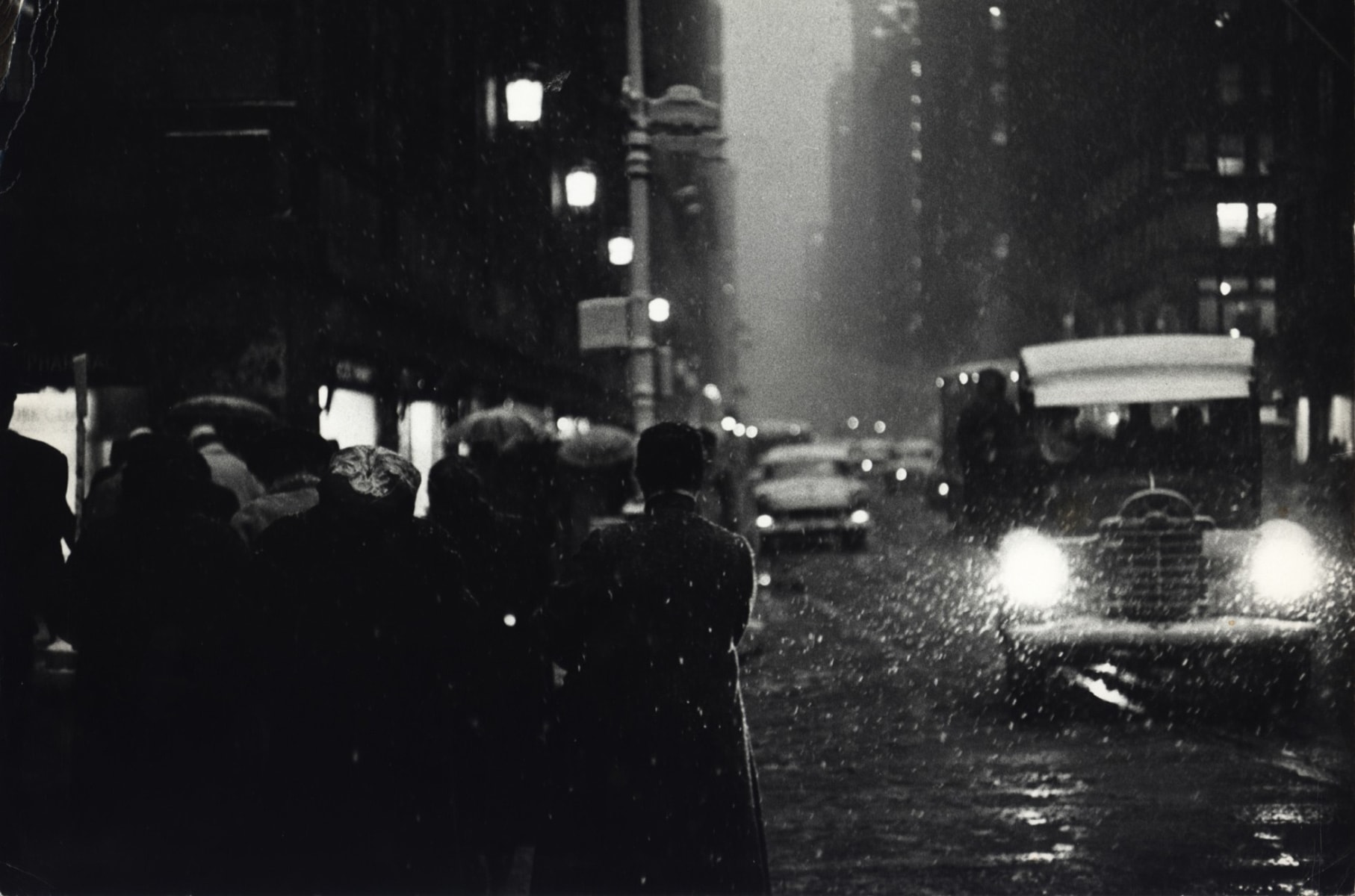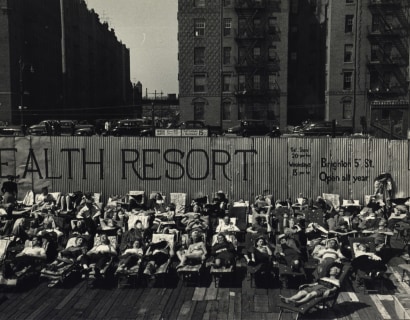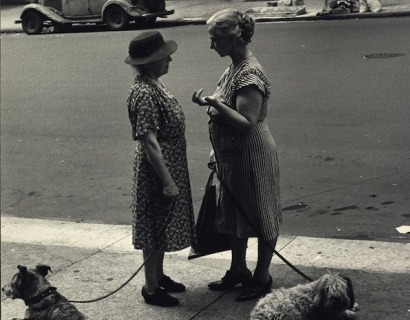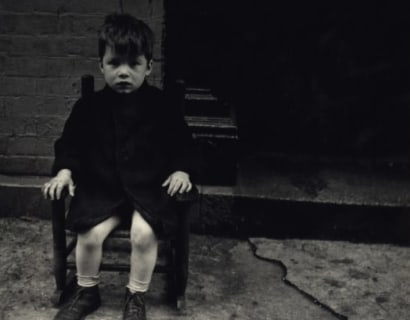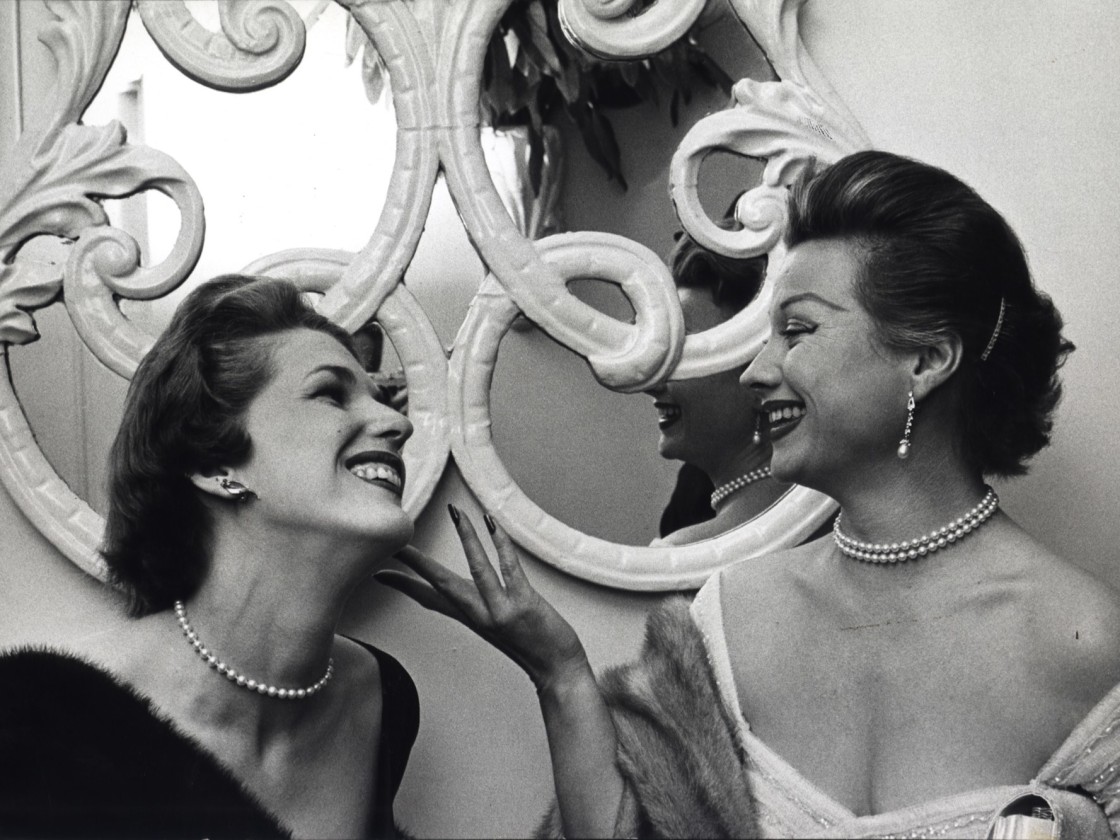
Dan Weiner (American, 1919-1959) Born in New York on October 12, 1919, Dan Weiner became interested in photography at the age of fifteen when his uncle gave him a camera for his birthday. After graduating from high school, Weiner decided to become a painter. Although his father found this to be an unacceptable profession, Weiner nevertheless left home to study painting at the Art Students League of New York. To support himself, Weiner made deliveries for a printing firm and took photographic portraits to earn money for art supplies. Although he continued his studies in painting at Pratt Institute between 1939 and 1940, Weiner found himself devoting much of his free time to photographing around New York and Central Park. In 1940, he began working for Valentino Sarra, a successful commercial photographer. As Sarra’s assistant for two years, Weiner honed his skills in the darkroom and decided to devote himself to photography.
During this period, several of Weiner’s photographs were published in newspapers and magazines, including PM newspaper, Popular Photography, and U.S. Camera Annual. In 1942, he was drafted into the Air Force and served as a photographer and instructor throughout World War II. After the war, Weiner opened a commercial studio in New York and photographed women’s hats for catalogues. Also during this period, Weiner became increasingly involved with the Photo League, a cooperative of amateur and professional photographers in New York that Weiner had joined in 1940. Founded in 1936, the Photo League maintained darkrooms and meeting facilities, provided gallery space for exhibitions, sponsored workshops and projects, and operated a school. In addition to serving on the executive committee as vice president in 1947 and as executive secretary between 1948 and 1950, Weiner also taught at the Photo League School for a number of years. Before the League was forced to cease its activities in 1952, Weiner contributed several articles to Photo Notes, a periodical published by the organization.
Dissatisfied with his commercial assignments, Weiner closed his studio in 1949 and began working as a freelance photojournalist for newspapers and magazines such as The New York Times, Fortune, Harper’s Bazaar, and Collier’s. For years, Weiner traveled throughout the United States and abroad, using his camera to highlight social and economic problems and affect change.
Weiner wrote: “Mine is the first generation that can say that our understanding of the world and concepts of the forces and direction of society have been shaped not through the literary or the auditory, but the visual…This has produced a generation of photographers like myself whose restless lens keeps probing at the central issues of our day and who have pushed the photographic horizons farther and deeper into the shape of the world and men’s relation to one another.”
Throughout the next ten years, Weiner worked on a number of photographic projects that captured life after the war, be it on the streets of New York or the shores of Nova Scotia. One of Weiner’s first assignments was photographing an old-age home in Fort Wayne, Indiana, where twenty-nine individuals had died of malnutrition (Collier’s, 1949). In 1952, he photographed the devastating aftermath of a flood in Mondamin, Iowa. Two years later, having spent four months working in Europe, Weiner met Alan Paton, a South African author. Commissioned by Collier’s to do two articles on African Americans, Weiner and Paton worked together again in 1955, this time on an independent project in South Africa which resulted in the publication of South Africa in Transition in 1956. On another commission for Collier’s in 1956, Weiner covered the Montgomery, Alabama bus boycott, led by Martin Luther King, Jr., which is recognized as one of the first significant stories to be published on the burgeoning civil rights movement. In the winter of 1956, Fortune sent the photographer to Russia, followed by Romania, Czechoslovakia, and Poland in the spring of 1957. Weiner photographed extensively during these trips, hoping to capture a comprehensive overview of the people and their lives; many of the photographs which resulted were published in the magazine. In 1959, Weiner’s life and career tragically came to an end, at thirty-nine years of age, in an airplane crash while on assignment near Verseilles, KY.
Recognized for the pivotal role he played in the development of documentary and humanitarian photography, Dan Weiner’s work has been the subject of several solo and group exhibitions since his first one-person show, a traveling exhibition that originated at the Camera Club in New York, in 1953. On three occasions during the course of the 1950s, his work was shown at Limelight Gallery, a cultural and social nexus, and the first New York gallery devoted solely to photography. In 1967, Weiner’s work was shown alongside photographs by André Kertész, Robert Capa, David “Chim” Seymour, Werner Bischof, and Leonard Freed in “The Concerned Photographer,” an exhibition organized by Cornell Capa, founder of the International Center of Photography in New York. When the exhibition opened at the Riverside Museum in New York City, it was met with critical and public acclaim. In the coming years, the exhibition, accompanied by a companion book, circulated throughout the United States, Czechoslovakia, England, Italy, Israel, Japan, and Switzerland. In 1984, Weiner’s photographs of Martin Luther King, Jr. and the Montgomery, AL bus boycott were the subject of a one-person exhibition at the International Center of Photography. In 1989, the Museum of Modern Art in New York presented America Worked: The 1950s Photographs of Dan Weiner, in association with a publication of the same title; to coincide with the exhibition, Howard Greenberg Gallery in New York also presented a solo show of Weiner’s photographs. Howard Greenberg Gallery mounted another solo exhibition devoted to Weiner’s work in 1998 entitled American Photo. Throughout the 1980s and 1990s, Weiner was included in several group exhibitions, including The Photo League, 1936-1951 at The College Art Gallery in New Paltz in the early 1980s; and Coney Island at Sandra Berler Gallery in Chevy Chase, MD in 1987. In recent years, works by Dan Weiner have been exhibited at the Musée de l’Elysée, Lausanne, Switzerland in 2005; the New York Public Library, New York, NY in 2006-2007; and the Joan and Donald E. Axinn Library at Hofstra University in Hempstead, NY in 2008. Between February 25 and April 24 of 2010, Weiner’s work was included in The Heartbeat of Fashion: As Inspired by F.C. Gundlach at Howard Greenberg Gallery. Photographs by Weiner are currently included in two major exhibitions: Road to Freedom: Photographs of the Civil Rights Movement, 1956-1968 at the Bronx Museum of the Arts, and For All the World to See: Visual Culture and the Struggle for Civil Rights at the International Center of Photography, NY.
Examples of Dan Weiner’s photographs are included in the permanent collection of the Museum of Modern Art, the Metropolitan Museum of Art, and the International Center of Photography in New York, NY and the San Francisco Museum of Modern Art in California, among many others. Monographs of Weiner’s work include Dan Weiner, 1919-1959, part of the ICP library of photographers’ series, and America Worked: The 1950s Photographs of Dan Weiner. His photographs are also reproduced in several publications, including The Civil Rights Movement: A Photographic History, 1954-68; Photography of the Fifties: An American Perspective; The Consolidated Freightways, Inc. Collection; and American Images: Photography 1945-1980

